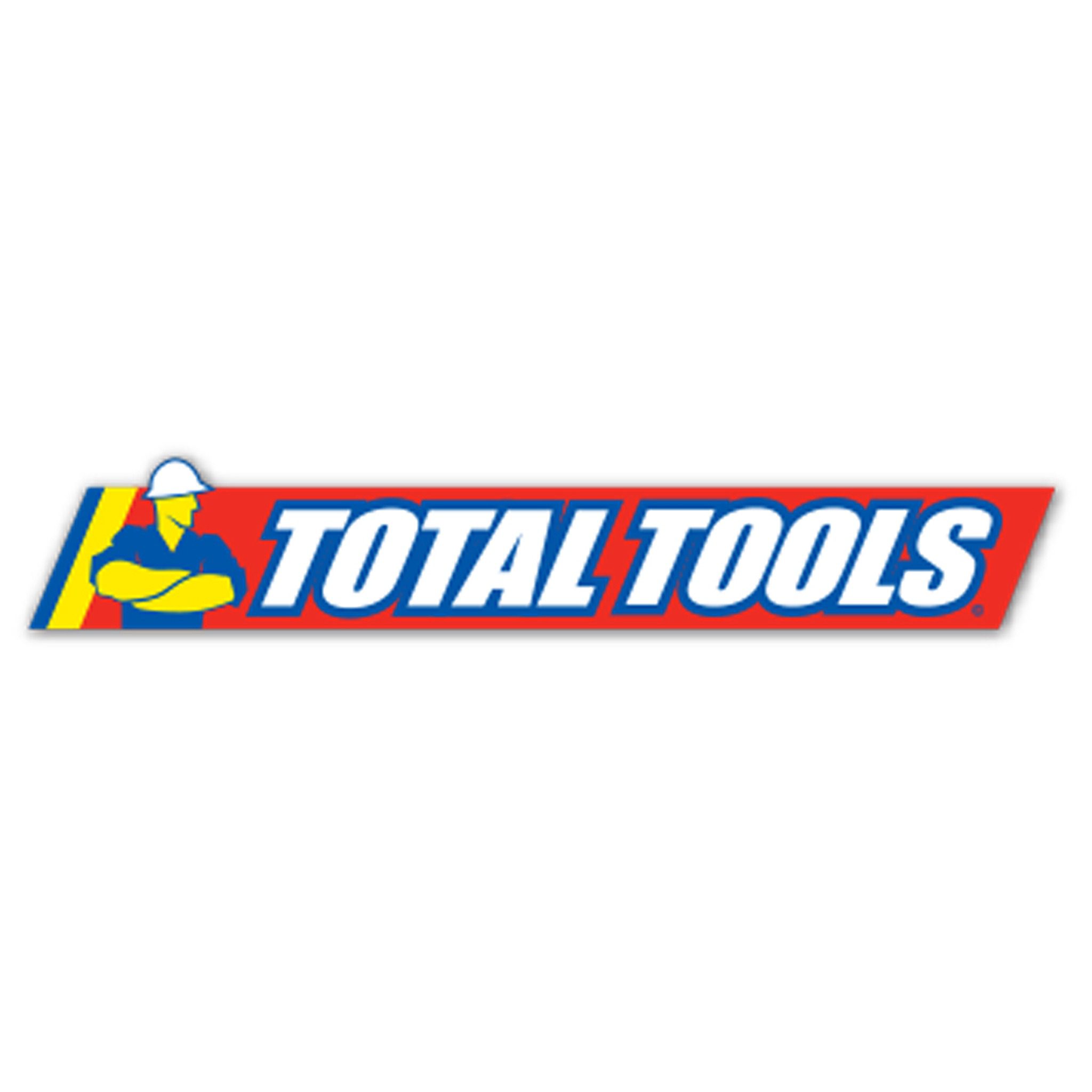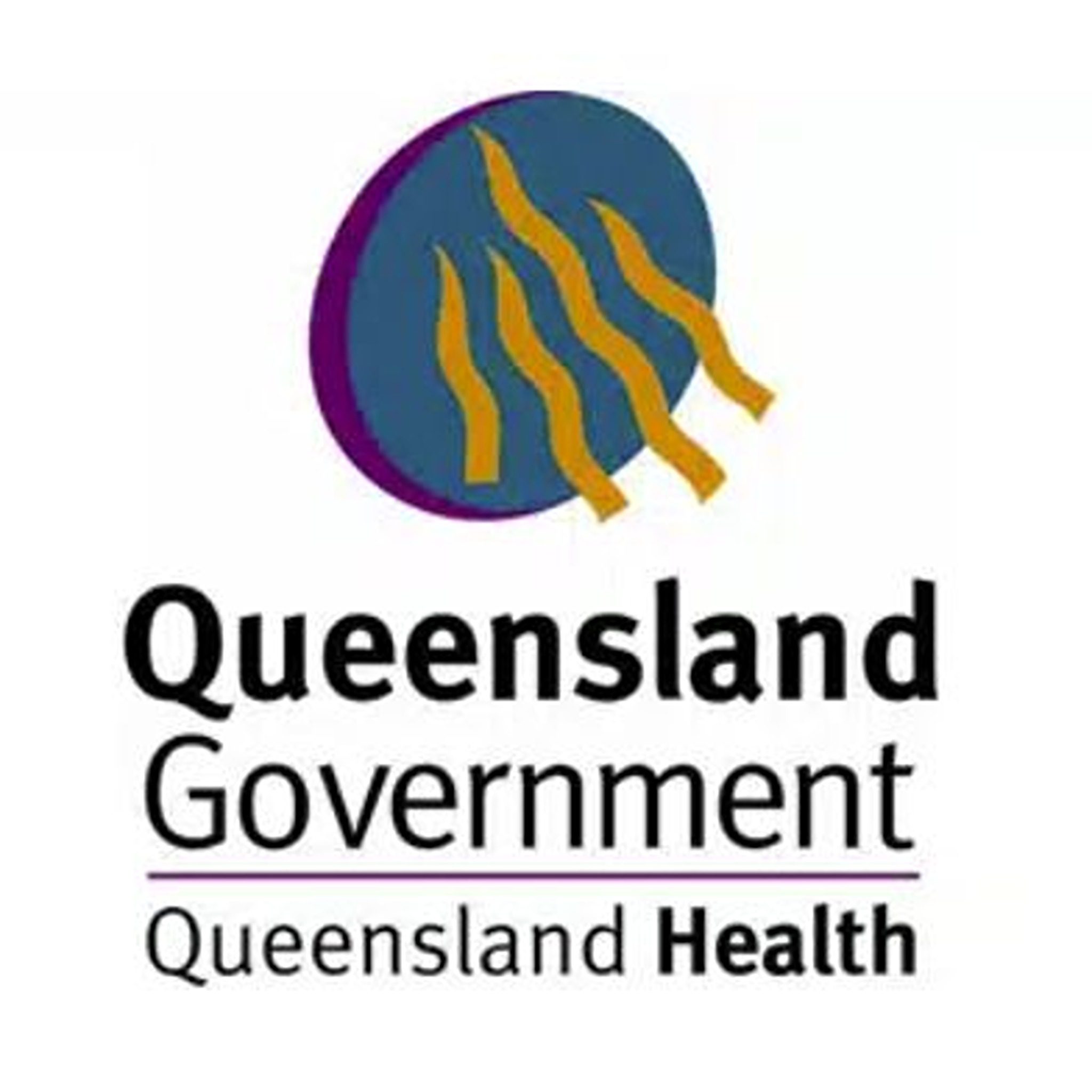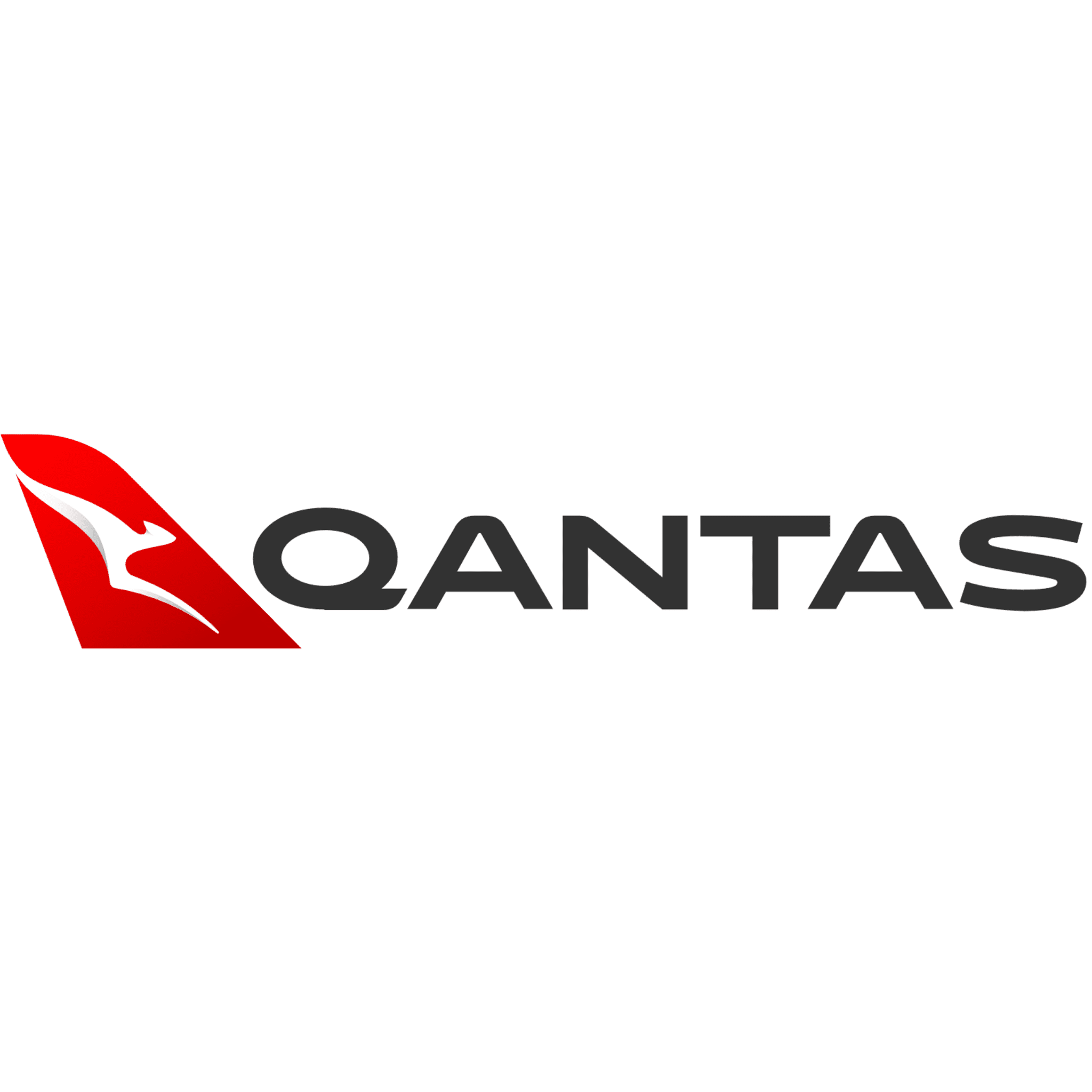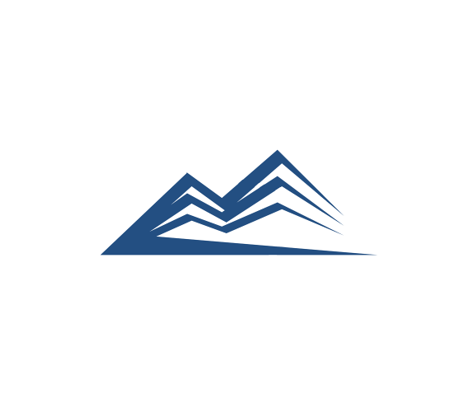Our consultants are passionate about providing expert advice to our valued clients.
We also provide free WHS Documentation:










WHS Compliance Auditing
WHS Audits will help businesses determine what legal responsibilities are being met and what areas have gaps in safety management.
Our WHS Compliance Auditing service is designed to ensure your business not only meets but exceeds the rigorous standards set for workplace health and safety.
Through a comprehensive review of your current practices, policies, and procedures, we identify potential gaps in compliance and provide actionable recommendations to mitigate risks. Our expert team stays abreast of the latest regulations and industry best practices, offering you peace of mind that your operations are safeguarded against potential liabilities.
Partner with us to foster a safer work environment, enhance employee well-being, and secure your company’s reputation as a leader in health and safety excellence!
ISO Certification
Achieving ISO accreditation from an accredited certification is a vital ambition for corporations looking to demonstrate their commitment to HSEQ performance.
Our ISO Certification service is tailored to guide your business through the intricate process of achieving and maintaining ISO standards compliance.
By leveraging our deep understanding of the ISO framework and industry-specific requirements, we offer a structured approach to prepare your organization for certification. From initial gap analysis to implementing process improvements and conducting internal audits, our team supports you every step of the way.
Let us help you demonstrate your commitment to quality, sustainability, and continuous improvement, setting your business apart in the competitive landscape.
System & Procedure Development
Management systems and procedures outline how the business manages its responsibilities and document how critical functions are performed.
Our Safety System and Procedure Development service is meticulously crafted to build robust safety frameworks tailored to your organization’s unique needs.
Recognizing the critical importance of workplace safety, we work closely with you to develop and implement comprehensive safety systems and procedures that not only comply with regulatory standards but also promote a culture of safety and responsibility. From risk assessments and safety planning to training programs and emergency response strategies, our expert team provides end-to-end support.
By partnering with us, you empower your business to minimize risks, protect employees, and enhance operational efficiency!
WHS Training & Gap Analysis
Legally, staff must be trained and competent to perform their jobs. As a rule, the amount and level of training should be directly proportional to the safety risk involved with the job.
Our WHS Training and Gap Analysis service offers a dual approach to fortifying your workplace safety and compliance.
Starting with a thorough gap analysis, we meticulously evaluate your current WHS practices against industry standards and regulatory requirements, identifying areas for improvement and providing clear, actionable insights.
By choosing our service, you not only elevate your compliance and safety standards but also empower your employees with the knowledge and skills to maintain a safe working environment!
Other Safety Services & Advice
Spire Safety can provide experienced and qualified safety professionals wherever and whenever you need them.
Understanding that each business faces unique challenges, we provide Other Safety Services and Advice tailored to your specific requirements. Whether you need assistance with ergonomic assessments, chemical safety management, mental health initiatives, or any other safety concern, our expert team is equipped to deliver.
We offer practical advice, innovative strategies, and hands-on support to ensure your workplace not only meets safety regulations but becomes a benchmark for best practices in your industry.
Partnering with us means gaining access to a wealth of knowledge and experience, dedicated to enhancing the safety, well-being, and productivity of your workforce!

Our experienced and professional safety consultants work with you to ensure effective WHS risk management in your organisation.
Read More
How are Workplace Safety Risks Managed?
WHS risks are best managed systematically via a WHS Management System. There is also a code of practice for general WHS risk management “How to manage work health and safety risks“. This code outlines the 4 main steps to risk management.

Step 1 – Identify Hazards
Hazards can be identified by
- Consultation with:
- Workers,
- Managers,
- Contractors,
- WHS Inspections,
- Reviewing the WHS Act, Regulations, Codes of Practice or WHS Alerts, and
- Incident Reports and Investigations.
Step 2 – Assess Risks
A risk matrix is used to assess the risk in terms of likelihood and consequence and scored from Low to Catastrophic.

Step 3 – Implement Controls
Controls are ways that we can protect ourselves and others. Controls can be categorised in order of Most Effective to Least Effective (the hierarchy of controls):

Step 4 – Monitor and Review
Controls should be monitored and reviewed to ensure they remain effective. Controls can be monitored and reviewed by:
- Ongoing supervision,
- Consultation with workers,
- WHS inspections,
- Internal audits, and
- Analyzing incident and near-miss reports.
How to Develop a WHS Management System
Conduct an assessment of workplace hazards to understand your risks. Review the relevant codes of practice and engage stakeholders, including workers, to develop policies and procedures. Finally implement these measures with effective communication, training, and monitoring processes to ensure continuous improvement.
To build your own WHSMS, check out our free resources:
- Free Policies
- Free Procedures
- Free Forms and Tools
- Free Plant Risk Assessments
- Free Verifications of Competency
Alternatively, to purchase our easy-to-use “off the shelf” WHSMS, contact us.
By implementing safety controls and conducting regular workplace inspections and WHS / OHS audits, your organisation can ensure ongoing legislative compliance and protect your workers from injury and illness. An effective safety program will also include education and training for employees on how to identify and safely mitigate risks. Often, employees are the best tools organizations have in managing WHS, as these employees know their jobs best and how to implement the most effective WHS controls.
What is an OHS Management System or Safety Management System?
These are essentially the same as a WHS Management System (just a different name). An effective occupational health and safety (OHS) management system can help organisations to improve their safety practices in the workplace. By implementing an OHS management system, organizations can develop and maintain a safe work environment for their employees.
An OHS management system typically includes four key components:
- Policy: A written statement from top management that sets out the organisation’s commitment to OHS.
- Planning: Identification of the hazards and risks associated with the organisation’s activities and development of plans to control these risks.
- Implementation: Development and implementation of procedures and controls to address the identified hazards and risks.
- Measurement and Review: Regular monitoring of the effectiveness of the OHS management system and review of its performance.
There are a number of reasons why occupational health and safety is so important:
- First, by ensuring that employees are aware of potential risks and how to avoid them, businesses can reduce the likelihood of accidents and injuries occurring.
- Second, by creating a safe and healthy work environment, businesses can improve employee morale and productivity.
- Finally, by complying with WHS regulations, businesses can avoid costly fines and penalties.
Workplace Legal Compliance
The WHS Act sets the framework for WHS regulation and includes:
- Duties of certain parties
- PCBUs (businesses / business owners)
- Officers (e.g. CEOs)
- Workers (the rest of us)
- Consultation requirements
- Powers and functions of the regulator, inspectors, HSRs and union representatives
- Notifiable incidents
- Offences and their penalties
Duties Under the WHS Act
The following sections dictate how duties are applied:
- Section 14 – Duties are not transferable (by way of contract or other agreement)
- Section 15 – A person can have more than 1 duty (e.g. a person can be an Officer and a Worker)
- Section 16(1) – More than 1 person can concurrently have the same duty (e.g. a labor hire PCBU and host PCBU)
- Section 16(3) – Each person with a duty must discharge that duty to extent they have influence and control over the situation (e.g. high level of influence / control means the person must comply to a high level)
Professional Workplace Safety Advisors
As a professional workplace safety advisor, you need to make sure your employees are properly trained in health and safety procedures. This includes ensuring they have the correct induction training card, as well as working at heights safely.
You also need to make sure that your workplace is up to date with the latest health and safety legislation. This means keeping up to date with changes in the law and making sure your employees are aware of them.
Finally, you should always be on the lookout for potential hazards in the workplace. By doing this, you can help to prevent accidents and injuries from happening.




